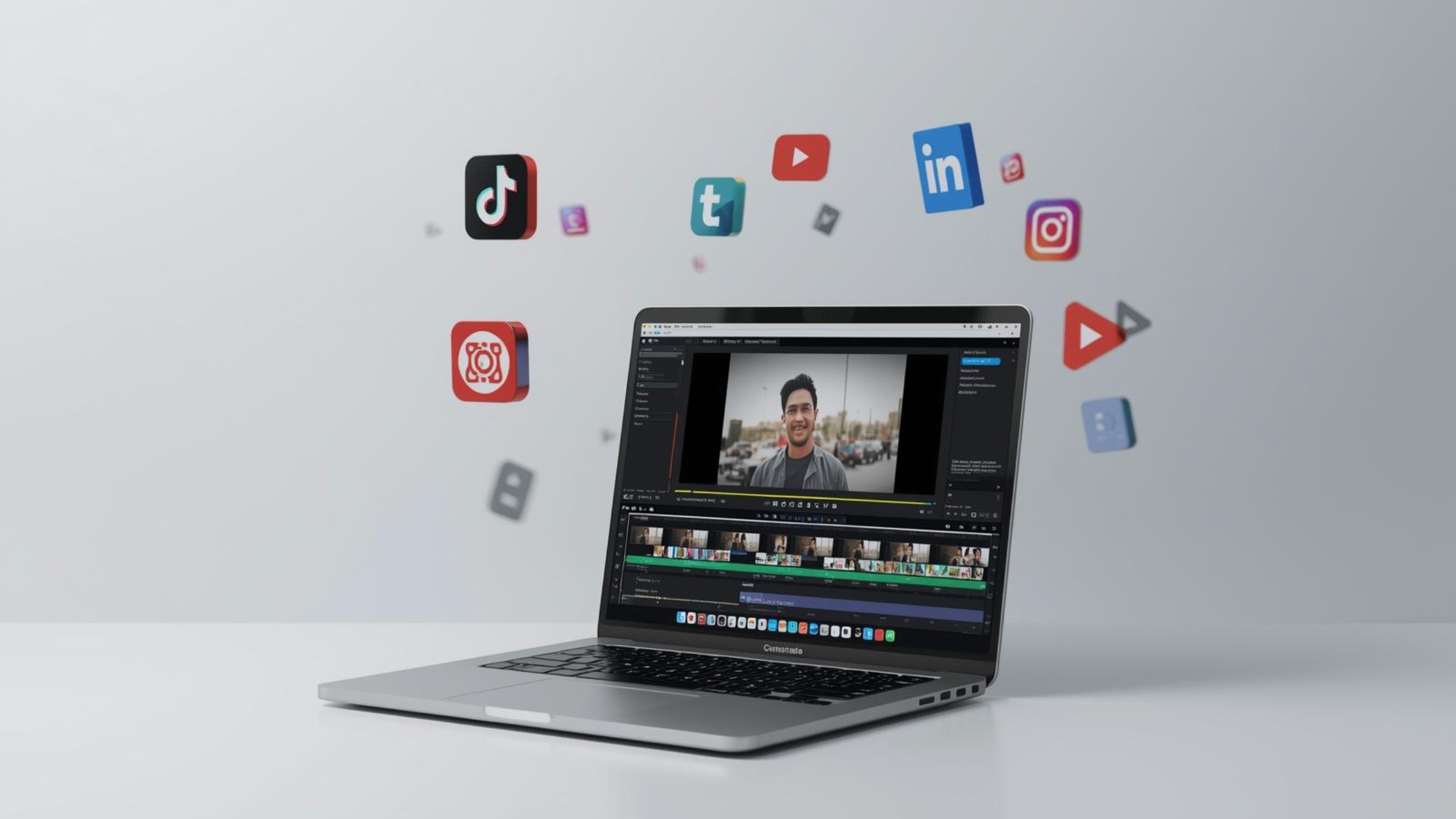How AI Helps Agencies Generate Video Ideas Faster
Every agency knows the feeling, staring at a blank content calendar, waiting for inspiration to strike. The brainstorming process that once felt electric now feels rushed, repetitive, or just plain dry.
But what if creative momentum didn’t have to depend on mood, caffeine, or the next big trend?
That’s where artificial intelligence is quietly changing the game. AI isn’t replacing creativity, it’s accelerating it. By helping agencies gather insights, recognize patterns, and spark new ideas, AI has become the ultimate creative catalyst.
Let’s break down how it’s empowering marketing teams to generate video ideas faster, without losing their human touch.
1. Turning Data into Inspiration
Traditionally, creative brainstorming relied on intuition. But intuition has limits, especially when every client demands a unique angle.
AI expands the creative perspective by turning data into story fuel. It can analyze search trends, engagement metrics, or social listening data to identify what audiences are really interested in, not just what’s trending.
For instance, an agency might use AI to discover that audiences are responding more strongly to “behind-the-scenes” narratives than to polished brand content. That single insight can reshape an entire campaign strategy.
This data-backed inspiration doesn’t constrain creativity, it amplifies it.
(We expand on how this shift supports workflow efficiency in “How AI Is Reshaping Creative Workflows for Marketing Agencies.”)
2. Ending the “Blank Page” Syndrome
AI isn’t a creative replacement, it’s a starting point. By generating outlines, concept prompts, or even tone suggestions, it helps creative teams get past the toughest part: starting.
Imagine feeding a brief into an AI tool and getting five concept directions instantly, one emphasizing emotion, another humor, another authority. The creative team can refine, combine, or remix them into something entirely new.
Instead of spending two days ideating, they can move to concept development within hours.
It’s not about speed for speed’s sake; it’s about unlocking momentum.
(We explore the connection between ideation and editing precision in “The Role of AI in Professional Video Editing for Marketing Agencies.”)
3. Learning from Past Campaigns
AI doesn’t just generate new ideas, it learns from old ones. By analyzing a client’s previous campaigns, audience reactions, and engagement patterns, it can pinpoint what worked and what didn’t.
For example, if data shows that videos using storytelling performed better than straightforward product demos, AI tools can surface that insight before the next campaign brainstorm even begins.
That’s how agencies evolve from guessing to knowing.
(For more on how agencies use performance analytics to guide creative strategy, check out “How Agencies Use AI to Analyze Video Performance and Audience Behavior.”)
4. Cross-Platform Ideation Made Simple
Different platforms require different creative instincts, what works on LinkedIn might flop on TikTok. AI helps agencies tailor ideas for each channel from the start.
Tools trained on platform-specific behavior can suggest the best structure, length, or tone for a given idea. For example:
- YouTube: Long-form storytelling and educational content.
- Instagram: Emotionally charged, fast-paced narratives.
- LinkedIn: Thought leadership or professional behind-the-scenes.
Instead of one-size-fits-all, agencies can now plan content designed for where the audience actually is.
(This naturally connects with “How AI Enables Personalized Video Content for Different Audiences.”)
5. Merging Creativity with Market Insight
AI also helps bridge creative and strategy teams, a relationship that often gets strained when timelines are tight. With AI, strategists can bring real-time market data to brainstorming sessions, while creatives can instantly visualize how those trends translate into storytelling.
That collaboration creates stronger campaigns, videos that are both imaginative and intentional.
(We talk about the harmony between analytics and storytelling in “How AI Enhances Storytelling and Visual Narratives in Video Production.”)
6. Supporting Human Creativity, Not Replacing It
Some creatives worry that AI might make ideation formulaic, but the opposite is happening. By handling the heavy lifting of research and synthesis, AI gives humans more mental bandwidth to push ideas further.
AI can surface 20 possible story directions, but it takes a creative mind to choose the one that captures emotion.
That’s the new creative superpower: AI expands possibilities; people make them memorable.
(We explore this evolving collaboration more in “The Future of Human–AI Collaboration in Creative Video Work.”)
7. Keeping the Creative Spark Alive
Perhaps the most exciting outcome is this: AI is helping agencies stay inspired. Creative burnout often happens when deadlines crush the time needed for imagination. AI shortens the gap between pressure and possibility, turning creative blocks into opportunities.
Instead of killing originality, it’s keeping it alive, by making idea generation feel playful again.
Final Thoughts
AI doesn’t generate the best ideas, it helps humans get there faster. For agencies juggling clients, platforms, and deadlines, that’s not just convenient, it’s revolutionary.
If your agency is ready to unlock creative speed without losing your human touch, schedule a call with us. We’ll help you build AI-driven systems that fuel your creativity and keep your team in its best flow.
.png)
.png)







